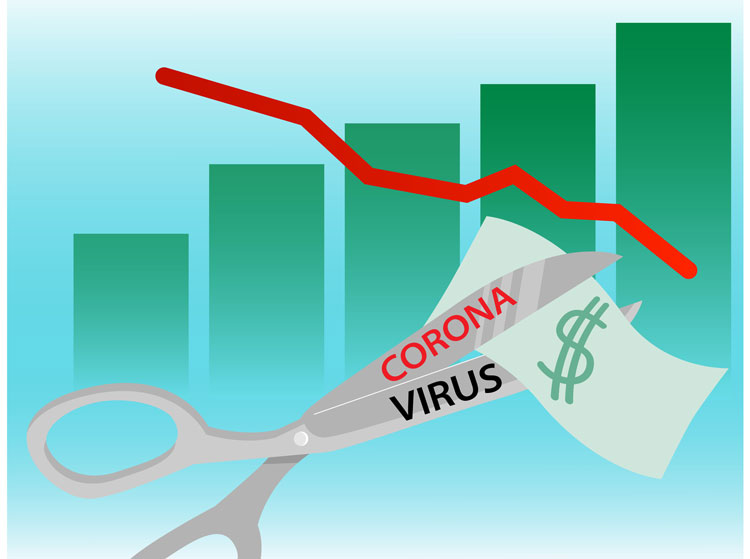
Much discussion has unfolded surrounding the income boost to dairy producers from government policy aimed to help offset the effects of COVID-19. To be candid, the support has been critical to the industry. The direct payments to the dairy industry through initiatives such as the Coronavirus Food Assistance Programs (CFAP), dairy product purchases through the multiple rounds of the USDA Farmers to Families Food Box program, along with other government activities added billions of dollars to the 2020 dairy revenue stream.
As important as these programs have been for producer finances, less attention has been given to the ramifications of more general government stimulus policy. While this stimulus is much more difficult to estimate, a look at key economic indicators underscores the impact that recent stimulus checks have had on consumer finances.
Consumers had more money, too
While U.S. gross domestic product (GDP) contracted in 2020, consumer disposable income grew by one of its highest rates in decades, and stimulus checks were the primary reason. Federal government transfer payments had accounted for just over 12% of total personal income in recent years, but that portion expanded to over 17% in 2020. This helped to shield many consumers from the worst of the pandemic-related economic effects, at least in the short term.
Future policy responses will play an important role since consumer household finances directly relate to the strength of domestic demand for dairy products. Macroeconomic analysts suggest a strong recovery in U.S. GDP growth this year (though most only expect GDP levels to return to near those of 2019), but personal income is unlikely to move higher relative to 2020. Without additional government stimulus programs that prevent personal income from declining, domestic dairy demand could weaken this year.
The U.S. dollar with impact exports
In addition to consumer finances, the strength of the U.S. dollar will be an important factor for U.S. dairy export potential in 2021. The dollar has weakened substantially against many currencies since last spring, with one trade-weighted index down 10% to its weakest reading since May 2018. However, the dollar remains much stronger than pre-2015 levels, making U.S. products relatively more expensive in international markets.
The list of things to watch in 2021 continues to grow, and government fiscal policy will play an important role for dairy markets.








